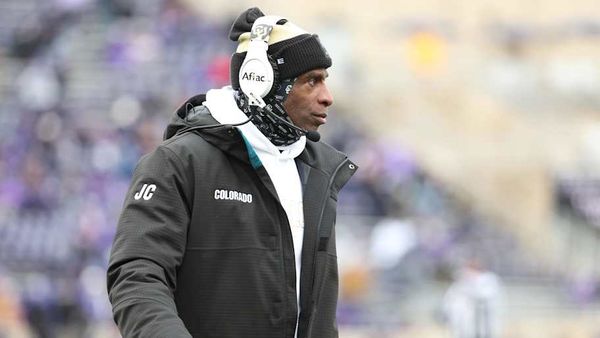
When Brad Pitt’s high-octane Formula 1 epic F1: The Movie roars into cinemas on June 27, it won’t just be the A-list cast — including Damson Idris and Oscar winners Kerry Condon and Javier Bardem — pulling audiences in. It’s the film’s unprecedented realism that promises to thrust viewers straight into the cockpit of the world’s most elite motorsport.
Central to that authenticity is one iconic British team: Atlassian Williams Racing.
Founded by Sir Frank Williams in 1977, Williams Racing has a legendary place in Formula 1 history. Dominant throughout the 1980s and 1990s, they secured nine Constructors’ Championships and 16 World Championships with legendary drivers like Alan Jones, Nigel Mansell, Damon Hill, and Ayrton Senna.
Williams’ rich heritage made them the ideal partner for the production. Speaking from the team’s headquarters in Grove, Oxfordshire, team principal James Vowles explained how they welcomed the filmmakers, opening their state-of-the-art wind tunnel for four full days after being approached by the production team.
“They could have built a set from what I understood,” Vowles told The Standard, “but they actually wanted to replicate the real environment.”
But granting Hollywood access to one of the most sensitive areas of a Formula 1 team isn’t as simple as rolling out the red carpet. Wind tunnels are typically used to test new car designs in secret. With strict regulations from the sport’s governing body, the FIA, and tight cost caps on development, letting a film crew in — even for a few days — is no small ask.

So why do it? The answer isn’t money, it goes deeper than that. “There was a payment, but we didn't make any money out of it,” Vowles shared. “That's not the purpose behind it, and it, nor would it be really taking our own program at the tunnel for four days is not the best thing that you can be doing in a competitive year.
“What it was more important for me is that I wanted, I really do think this is an incredibly important milestone in our history and going forward, and so I wanted to be a part of it in some form or another. And clearly, the reason why I'm here is I believe in Williams, and it's quite nice to have a little, little piece of us that's contained within that as well.”
Speaking about the film’s potential impact, Vowles said it could prove just as game-changing as Drive to Survive in attracting new fans to the sport: “I think the F1 film is going to be as important for us as Netflix was in terms of expanding out the viewership that we have and the audience, and how making it wider, effectively into a bigger and better arena as a result of it.
“I haven't seen much the film I've seen what you've seen, which is trailers, but the bits that I've seen, they've been really good at really understanding what makes Formula 1 different and real, and trying to capture that.”
During filming, Williams worked closely with the FIA to ensure no sensitive information was revealed, no competitive advantage was gained, and that the car used wasn’t an exact replica of a real F1 vehicle.
“If you look at their car, there are some differences,” said the team principal. “Everything was done under FIA supervision, alongside everything we were doing at the time. We worked hand-in-hand with them to make sure we didn’t breach any regulations.”
Adding: “We helped with a few key details, but ultimately, they’re the filmmakers—not us. It was their lead.”
And thanks to the behind-the-scenes support from one of F1’s most historic teams, audiences will get a rare glimpse into the real machinery, innovation, and intensity that drives the sport—both on and off the track.







